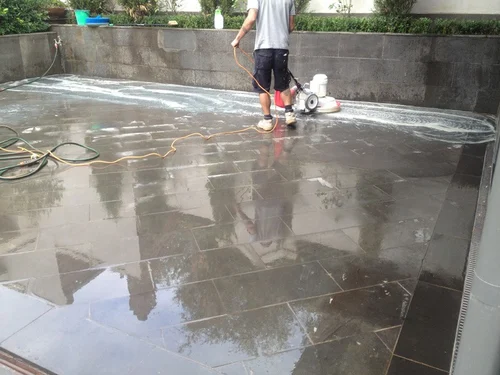The process of stone restoration is a fascinating yet often misunderstood process that can bring new life into both ancient and contemporary structures. Many homeowners and advocates believe that the restoration of stone surfaces is as easy as applying a new coat of sealant or scrubbing with aggressive chemicals. However, these misconceptions can lead to harm rather than restoration, eventually detracting from the beauty and integrity of these organic materials. In this article, we will debunk some of the most prevalent misunderstandings surrounding the stone restoration process, providing you with the understanding necessary to make wise decisions about your stones.
Whether you are considering a restoration project for your heritage home or simply looking to maintain the beauty of your outdoor patio, understanding the dos and don’ts of stone restoration is essential. From the best maintenance practices to knowing when it’s time to restore your stone surfaces, this comprehensive guide will prepare you with vital insights. Get ready to explore the truth behind the art and science of stone restoration and learn the best methods to preserve and improve the charm of your stone features.

Widespread Myths About Stone Restoration
One common myth surrounding stone restoration is how it is always a complex and expensive process. Numerous homeowners assume that restoring stone surfaces requires substantial labor and professional intervention, often leading to the idea that it's out of their budget. In who offers marble polishing services in sydney , numerous restoration tasks can be addressed with easy DIY techniques or routine maintenance that is cost-effective and simpler than thought. Instructing oneself on proper care can greatly diminish restoration costs.
Another common misconception is how all stone surfaces require the same restoration methods and products. People often think that a uniform approach is effective for maintaining different types of stone, but all type has unique properties and needs. For example, granite, marble, and limestone all require varying cleaning solutions and techniques for restoration. Understanding these differences is vitally important for effective stone care and can stop detriment that may come from using unsuitable products.
Lastly, some believe that once a stone surface has been restored, it will remain immaculate indefinitely. This fallacy can lead to disregard in consistent maintenance. While professional restoration can revitalize stone surfaces, continuous care is necessary to lengthen the life and appearance of the restoration. Routine sealing, cleaning, and not using abrasive materials are essential practices to maintain the integrity and beauty of stone surfaces over time.
DIY vs. Professional Stone Restoration
When considering stone restoration, many homeowners find themselves at a dilemma: should they take on the project on their own, or engage a professional? DIY restoration can be appealing due to the potential cost benefits and the pleasure of completing a project independently. However, it is essential to grasp the limitations of DIY approaches. Without proper tools and techniques, you risk harming the stone further or not achieving the desired result. For small jobs, such as cleaning or simple repairs, DIY can be effective, but larger restoration projects may require professional expertise.
On the other hand, professional stone restoration services offer valuable experience and specialized tools to the table. Experts are trained to assess the specific needs of various stone types and can utilize advanced methods that ensure optimal results. They can handle challenges that may confound a novice, such as color matching or fixing structural damage. While hiring a professional can be more expensive, the quality of work often justifies the expense, particularly for high-value or historic stone surfaces.
In the end, the decision between DIY and professional restoration is based on the intricacy of the project and your comfort level with the required skills. For small upkeep, a DIY approach might suffice, but for significant restorations, it’s sensible to consider the benefits of professional services. By weighing the pros and cons, homeowners can make informed choices that preserve the integrity and beauty of their stone surfaces.
The Techniques for Caring for Natural Stone Surfaces of Stone
Maintaining stone surfaces requires routine upkeep to protect their aesthetic appeal and durability. One of the top practices is to wipe them consistently using stone-specific cleaners specifically for stone. Toxic products can affect the integrity, so avoid highly acidic or abrasive solutions. Regular dusting and sweeping assists in eliminating grime and particles that can result in imperfections. Additionally, as soon as possible absorbing spills reduces the chance of discoloration, ensuring the surface stays free from blemishes.
Applying a sealant your natural stone surfaces is a further important step in upkeep. According to the kind of stone, re-sealing should be performed every 6 months to one year. A suitable coating safeguards from water and discolorations, thereby making it simpler to care for the surface. It's essential to choose a product that suits your particular kind of stone, as distinct stones require specific sealants for best protection.
Lastly, consider temperature and moisture levels in your area. Excessive heat and elevated humidity can impact the quality of rock surfaces. Utilizing humidity controllers in humid areas or steering clear of excessive temperatures can prevent deterioration. By following these guidelines, you can make sure that your stone surfaces stay aesthetically pleasing and functional for a long time to come.
